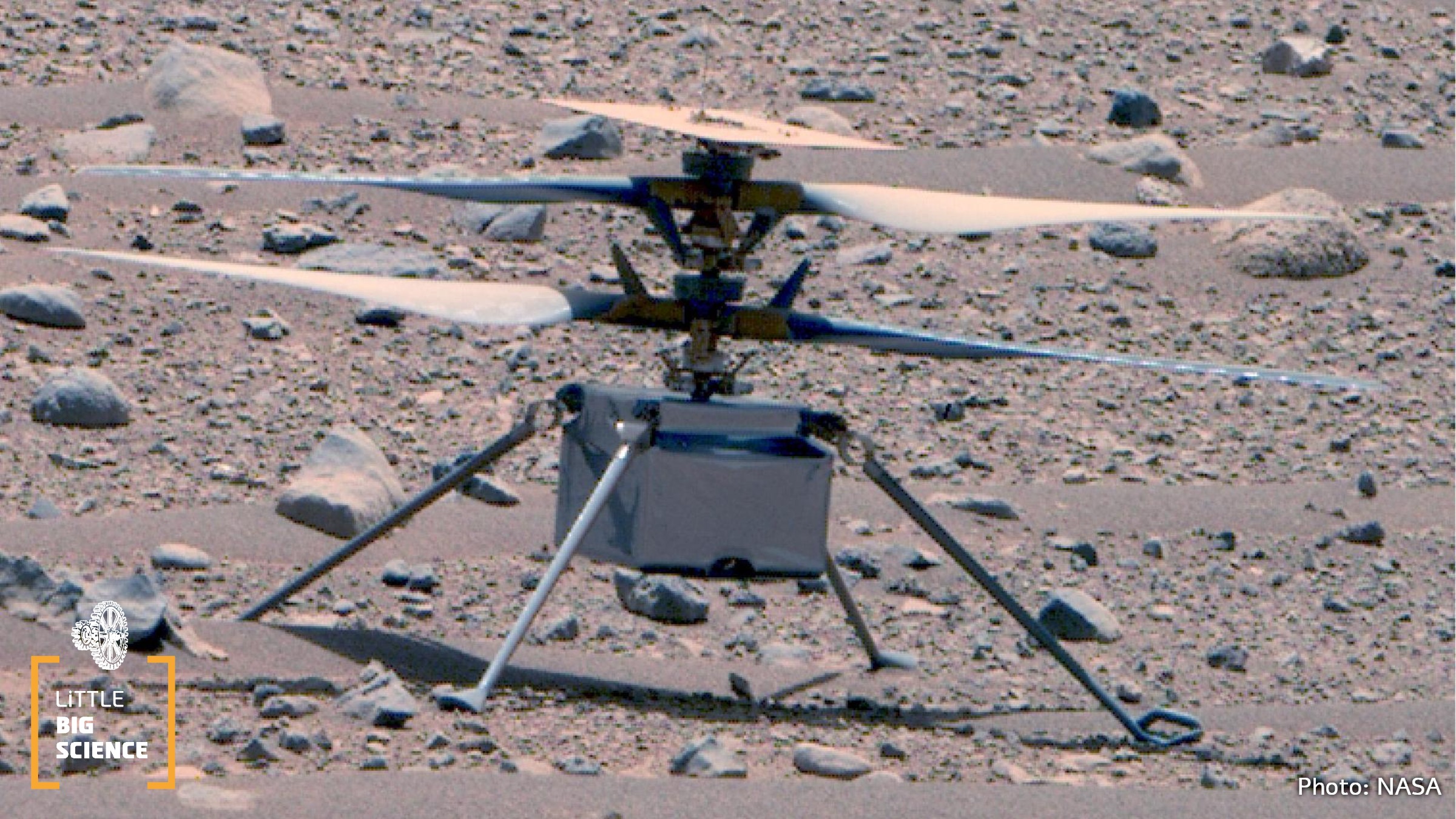
The first aircraft to fly on another planet completed numerous flights over the course of three years on Mars, but during its 72nd flight, it crashed. What happened there? And how does one investigate an incident that occurred approximately 225 million kilometers away? Recently, NASA completed the investigation and answered these questions.
Advertisement
After three fascinating years of flights over the red soil, the tiny Ingenuity helicopter completed its mission on Mars. Ingenuity, the first aircraft to fly on another planet, broke many records and paved the way for the future of space exploration. Ingenuity weighed only 1.8 kilograms and arrived on Mars as a passenger aboard the Perseverance rover in February 2021 [1]. What began as a technological experiment to test the feasibility of flight on Mars quickly became an overwhelming success that exceeded all expectations. Flying on Mars presents extraordinary challenges—its thin atmosphere makes generating lift extremely difficult, and the extreme temperatures on the Red Planet, which can reach minus 80 degrees Celsius at night [2], test the limits of both the materials and the electronic systems.
During its impressive mission, Ingenuity completed 71 successful flights on Mars and covered a cumulative distance of more than 17 kilometers [3, 4]. It provided unique images that were vital for navigating the Perseverance rover and proved its ability to survive in extreme weather conditions and in an atmosphere with a density of only about two percent of Earth's. These achievements turned what was intended to be a simple proof-of-concept into an important tool in NASA's Mars research mission. On its 72nd flight in January 2024, Ingenuity crashed to the ground. Investigating the incident posed unique challenges for the mission team – unlike aviation investigations on Earth, there is no possibility to examine the helicopter's remains or inspect the crash site up close. Investigators had to rely on limited information received through the helicopter's sensors and its last communications, and on remote observations from the Perseverance rover.
Initial investigation findings point to a failure in the helicopter's sophisticated navigation system. In the absence of a GPS system or magnetic field to enable compass use, Ingenuity relied on computer vision—technology that allows a computer to "see" its surroundings and understand them. The system works similarly to human vision: just as we identify prominent objects in our environment to orient ourselves in space, the computer also looks for distinctive features—unique reference points in the landscape such as prominent rocks, sharp edges, or significant color differences.
At any given moment, Ingenuity's camera photographed the ground beneath it. The computer identified hundreds of features in each image, like the corner of a rock or the edge of a crater, and tracked them through the sequence of images. When the computer found an identical feature in two consecutive images, it could calculate how much the feature moved between images. From this movement, the computer would infer the speed and direction of the helicopter itself.
However, on its final flight, the helicopter encountered a problem. It flew over an area of smooth dunes—a uniform surface lacking prominent features. This is similar to trying to navigate in a vast snow field or sandy desert—in the absence of clear reference points, it is very difficult to estimate distance, speed, and direction. Ingenuity's computer failed to find enough unique features in the smooth landscape, thus impairing its ability to accurately assess its height and speed. As a result, during the landing attempt, the helicopter did not properly assess its position in space, which led to the crash and breaking of some of its rotor blades[5, 6]. The breakage effectively disabled the helicopter, and the mission could not continue, as it is impossible to take off without all rotors.
Ingenuity proved that flight on Mars is possible and opened the way for a new generation of aircraft that will aid in exploring the Red Planet. Although its aviation missions have ended, the helicopter continues to transmit important data from its final landing site. The crash did not damage the instruments and sensors, and they continue to transmit information about weather conditions on the Martian surface, adding an important component to NASA's research on the Martian environment. The experience gained during its mission, along with the information it continues to collect and lessons from its crash, will aid in planning future missions.
Hebrew editing: Shir Rosenblum-Man
English editing: Elee Shimshoni
References:







